Brewing Beer with Pilsner Malt
Published: July 19, 2025 at 10:00:55 PM UTC
Last updated: December 12, 2025 at 4:33:56 PM UTC
Brewing beer with pilsner malt is a popular choice among brewers. It's known for its light color and ability to produce clean, crisp beers. Pilsner malt is a type of base malt perfect for pale lagers and pilsners. Its high enzymatic activity converts starches into fermentable sugars during mashing. This results in a lighter body and higher alcohol content in the finished beer. Using pilsner malt in beer brewing allows for a wide range of beer styles. From light lagers to crisp, refreshing ales, the possibilities are endless.
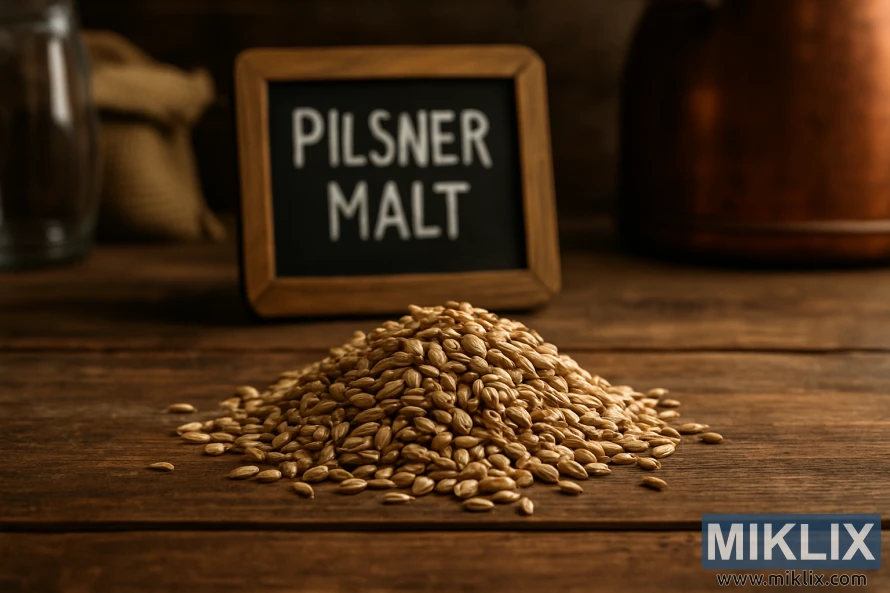
Key Takeaways
- Understand the characteristics of pilsner malt and its role in brewing.
- Learn how to use pilsner malt to produce light and crisp beers.
- Discover the benefits of using pilsner malt in beer brewing.
- Explore different beer styles that can be brewed with pilsner malt.
- Master the techniques for brewing with pilsner malt.
Understanding Pilsner Malt: The Foundation of Light Beer
Pilsner malt serves as the base for many pale lagers and pilsners. Its light color and high enzymatic activity are perfect for brewers aiming at crisp, clean beers.
The color of pilsner malt ranges from 1-3 °L or 2-5 EBC, which is very light. This light color is critical for achieving the right look in pale lagers and pilsners. It makes pilsner malt essential for these beer styles.
Pilsner malt's high enzymatic activity is another key feature. It allows for efficient starch conversion into fermentable sugars during mashing. This results in a beer that is both flavorful and easily fermentable.
- Pilsner malt's light color contributes to the beer's appearance.
- High enzymatic activity facilitates the conversion of starches into fermentable sugars.
- The malt's characteristics make it suitable for brewing pale lagers and pilsners.
For brewers aiming to create high-quality, light-colored beers, understanding pilsner malt is essential. By using this base malt's unique properties, brewers can craft a variety of beer styles that are both authentic and enjoyable.
The Essential Characteristics of Quality Pilsner Malt
Brewing with Pilsner malt demands a grasp of its key traits, such as enzymatic activity and flavor contribution. It's celebrated for its high enzymatic activity, vital for converting starches into fermentable sugars during mashing. This ensures efficient mashing and fermentation, resulting in a clean, crisp beer.
The flavor profile of Pilsner malt is also critical. It adds a delicate, slightly sweet taste with grainy or biscuity notes. These enhance the beer's overall balance. A top-notch Pilsner malt should offer a consistent flavor profile, allowing brewers to rely on it for consistent results.
The main qualities of quality Pilsner malt can be outlined as follows:
- High enzymatic activity for efficient starch conversion
- A delicate and slightly sweet flavor profile
- Consistency in quality to ensure reliable brewing outcomes
Understanding these essential characteristics helps brewers choose and use Pilsner malt effectively. Whether aiming for traditional lagers or exploring new recipes, the quality of Pilsner malt is key. It significantly impacts the final beer's quality.
From Barley to Malt: The Making of Pilsner Malt
The journey from barley to pilsner malt is complex and requires meticulous attention. It starts with steeping, where barley grains are soaked in water. This step activates enzymes and begins germination.
Germination allows the barley grains to sprout. This process breaks down cell walls and develops enzymes. These enzymes are key in converting starches into fermentable sugars. This step is vital for the malt's flavor and character.
Following germination, the malt undergoes kilning, or drying. This step halts germination and preserves the enzymes. The kilning process is critical in shaping the malt's flavor, color, and quality. Modern kilning technologies have made it possible to produce lighter, more consistent malts. These are perfect for brewing pilsner-style beers.
The evolution of pilsner malt production is deeply connected to kilning technology advancements. Traditional methods yielded malts with richer, more pronounced flavors. In contrast, modern techniques enable the creation of cleaner, crisper malts.
For brewers aiming to craft high-quality pilsner beers, understanding the malting process is essential. Recognizing the steps from barley to pilsner malt enhances appreciation for this versatile ingredient.
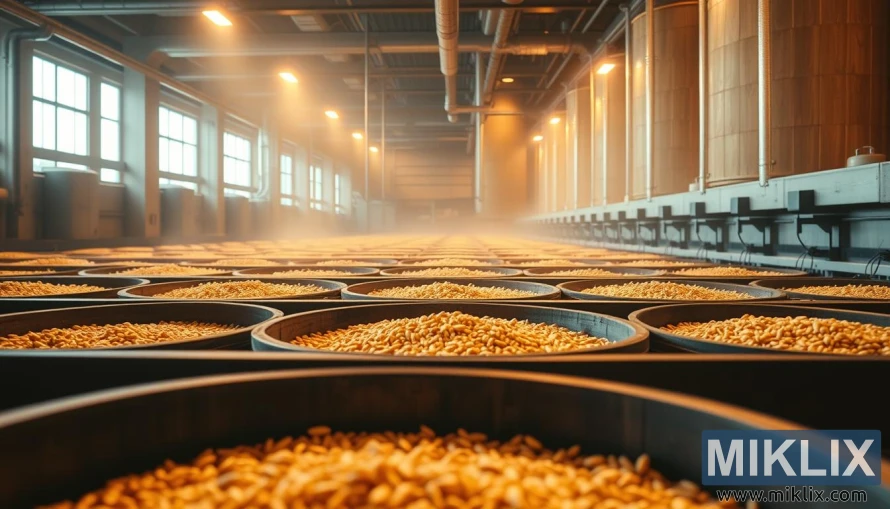
Analyzing Pilsner Malt Specifications for Brewing
To brew exceptional beers, analyzing pilsner malt specifications is essential. This includes its color and enzymatic activity. Pilsner malt is perfect for lagers and clean, crisp beers due to its very light color. Its specifications greatly influence the brewing process and the beer's final characteristics.
The color of pilsner malt is critical. It's measured in Lovibond or EBC units. A lighter color is preferred for clarity and flavor in the beer.
Moisture content is also key. It impacts storage, handling, and brewing performance. Pilsner malt should have a moisture level that prevents spoilage but is not too low for handling.
Enzymatic activity is vital for starch conversion into fermentable sugars during mashing. Pilsner malt has high enzymatic activity, making it versatile for various beer styles.
In conclusion, analyzing pilsner malt specifications is vital in brewing. By understanding and selecting malt with the right color, moisture, and enzymatic activity, brewers can create high-quality beers that meet their standards.
Best Practices for Storing and Handling Pilsner Malt
Proper storage and handling of Pilsner malt are key to maintaining its quality and brewing performance. Given its light color, Pilsner malt is highly sensitive to moisture, light, and temperature. These factors can significantly impact its quality.
To preserve its quality, Pilsner malt should be kept in a cool, dry environment. High temperatures and humidity can degrade its enzymatic activity and flavor. It's advisable to store the malt in airtight containers to shield it from moisture and other environmental factors.
Handling Pilsner malt with care is essential to prevent damage. This involves minimizing air exposure and avoiding physical impacts that could crush or break the malt grains. Some effective handling practices include:
- Using clean equipment to handle the malt to prevent contamination.
- Avoiding overloading containers, which can cause crushing of the malt at the bottom.
- Keeping the storage area clean and pest-free.
By adhering to these best practices for storing and handling Pilsner malt, brewers can ensure its optimal condition for brewing. This not only enhances the beer's flavor and quality but also improves the brewing process's efficiency.
Brewing Water Chemistry for Pilsner Malt Beers
Understanding brewing water chemistry is key when brewing with pilsner malt. The water's chemistry significantly impacts the beer's flavor and character. This is even more critical when using pilsner malt.
A moderately soft water profile is often ideal for pilsner malt beers. It enhances the beer's crisp, clean taste. Brewers must balance various ions like calcium, magnesium, and sulfate to achieve this.
To get the right water profile, brewers may need to adjust their water. They might add specific minerals or use water treatment to remove unwanted ions. The aim is to create water chemistry that complements the pilsner malt and boosts the beer's flavor.
- Calcium: Important for enzymatic activity and stability.
- Magnesium: Contributes to the beer's flavor and yeast health.
- Sulfate: Enhances the beer's bitterness and dryness.
By managing brewing water chemistry, brewers can craft high-quality pilsner malt beers. These beers will have the characteristic clean, crisp flavor. This focus on detail is essential for consistency and excellence in brewing.
Mashing Techniques for Optimal Pilsner Malt Extraction
To fully exploit pilsner malt's capabilities, brewers must grasp various mashing techniques. The mashing method chosen greatly affects the extraction of fermentable sugars. This, in turn, shapes the beer's body and flavor.
Mashing techniques are vital in brewing, more so with pilsner malt. Two key methods for maximizing extraction are step mashing and decoction mashing.
Step mashing involves multiple temperature rests to activate enzymes. This process breaks down complex starches into fermentable sugars. It allows brewers to control the wort's fermentability, leading to balanced flavors.
- Step mashing offers precise control over the mashing process.
- It ensures consistent wort quality.
- Brewers can adjust temperature rests based on malt type.
Decoction mashing, by contrast, involves removing a mash portion, boiling it, and then returning it. This technique was traditionally used in brewing German pilsners. It enhances the beer's flavor and color.
- Decoction mashing can boost the beer's complexity.
- It allows nuanced control over flavor.
- This method requires careful temperature monitoring to avoid unwanted compounds.
Both step mashing and decoction mashing enable brewers to refine their brewing process. By mastering these techniques, brewers can craft high-quality pilsner beers with unique characteristics.
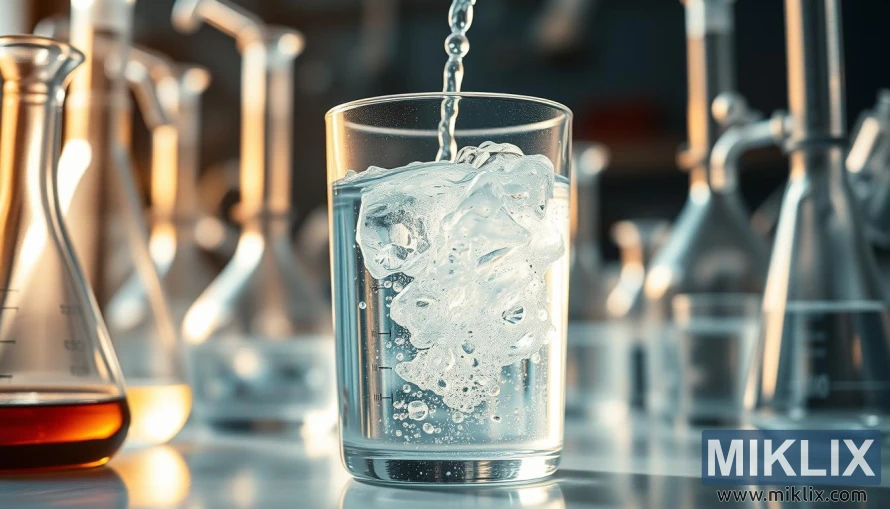
Creating Classic Beer Styles with Pilsner Malt
Pilsner malt is key in brewing classic beer styles, like the famous German pilsner. This style is known for its light color, crisp flavor, and balanced taste. All these qualities come from the pilsner malt.
German pilsner stands out for its quality, with a pale color and refreshing taste. To brew a traditional German pilsner, brewers must focus on the pilsner malt's specifications. They need to ensure it meets the high standards of this classic style.
Pilsner malt's high diastatic power and low protein content make it perfect for lager styles, including German pilsner. By understanding how to use pilsner malt effectively, brewers can craft a variety of classic beer styles. These beers are both authentic and delicious.
When brewing classic beer styles with pilsner malt, consider these key points:
- Selecting high-quality pilsner malt with the right specifications for the desired style
- Employing appropriate mashing techniques to extract the optimal amount of fermentable sugars
- Paying close attention to brewing water chemistry to achieve the desired flavor profile
By mastering the use of pilsner malt, brewers can create a range of classic beer styles. These beers are sure to delight even the most discerning palates.
Common Challenges When Brewing with Pilsner Malt
Brewing with Pilsner malt can be rewarding but also poses challenges. Achieving a perfect brew requires overcoming hurdles in the brewing process. This includes extraction and fermentation issues if not done correctly.
Optimizing sugar extraction from Pilsner malt during mashing is a key challenge. Mash temperature, water chemistry, and malt-to-water ratio are critical factors. They significantly impact extraction efficiency.
- Inconsistent mash temperature can lead to under or over extraction.
- Poor water chemistry can affect enzyme activity and overall extraction.
- Inadequate crushing of the malt can result in inefficient sugar extraction.
Managing fermentation is another significant challenge. Pilsner malt's clean and crisp characteristics require precise control over fermentation conditions. This is to maintain the desired flavor profile.
- Incorrect yeast pitching rates can lead to off-flavors or incomplete fermentation.
- Temperature fluctuations during fermentation can result in undesirable flavor compounds.
- Inadequate nutrient supply for the yeast can stress the yeast, affecting fermentation performance.
To mitigate these challenges, brewers should focus on optimizing their mashing techniques. They should ensure proper water chemistry and maintain precise control over fermentation conditions. By understanding Pilsner malt's characteristics and adjusting brewing practices, brewers can overcome common challenges. This way, they can produce high-quality beers.
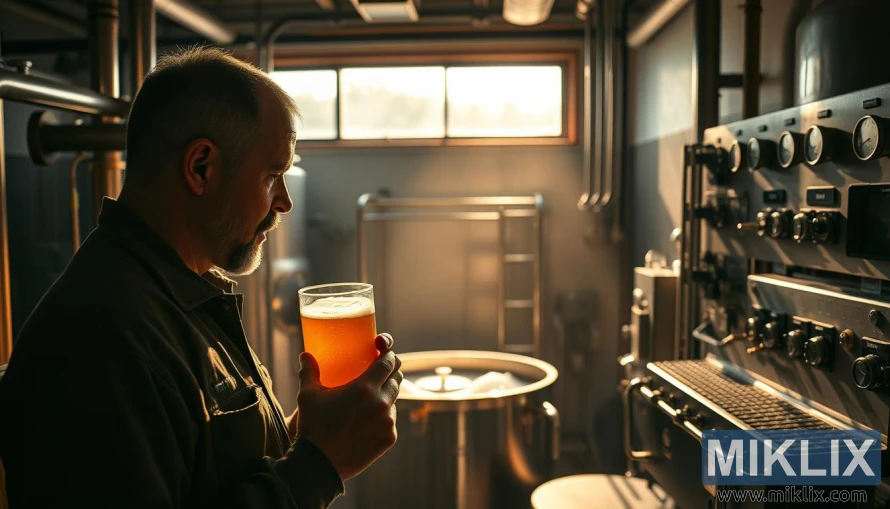
Combining Pilsner Malt with Specialty Malts
The art of blending Pilsner malt with specialty malts allows brewers to craft unique beer styles. By combining the crisp, clean base of Pilsner malt with the rich flavors of specialty malts, brewers can create complex and interesting flavor profiles.
Specialty malts can add a range of characteristics to beer, from deep colors to rich, malty flavors. When blended with Pilsner malt, these specialty malts can enhance the overall flavor profile of the beer. For example, adding a small amount of Munich malt can introduce a malty sweetness, while a touch of Caramel malt can add depth and complexity.
To effectively blend Pilsner malt with specialty malts, brewers should consider the characteristics of each malt and how they will interact. The key is to strike a balance between the base malt and the specialty malts, ensuring that the resulting beer is complex but balanced.
Some common specialty malts used in combination with Pilsner malt include:
- Munich malt for a malty sweetness
- Caramel malt for depth and complexity
- Dark Munich malt for a richer, more complex flavor
Advanced Brewing Techniques for Pilsner-Based Beers
Pilsner malt's versatility shines when brewers employ cutting-edge methods. These advanced techniques allow for the creation of complex, depthful pilsner-based beers. This is a departure from traditional styles.
Techniques like step mashing and decoction mashing elevate pilsner malt beers' quality. Step mashing involves adjusting temperatures to optimize enzyme activity. This ensures the right sugars are extracted from the malt.
- Step mashing offers precise control over wort fermentability.
- Decoction mashing involves boiling a mash portion and then returning it. This achieves the desired temperature.
Experimental brewing opens up a world of innovation. Brewers can experiment with unique ingredients and fermentation methods. This includes using different hops, spices, and yeast strains.
By integrating these advanced techniques with premium pilsner malt, brewers can redefine traditional pilsner styles. They create unique beers that cater to diverse tastes.
Equipment Considerations for Pilsner Malt Brewing
The quality of brewing equipment greatly influences the outcome of beers made with Pilsner malt. Brewers must focus on their equipment's capabilities to achieve the desired beer characteristics.
When brewing with Pilsner malt, several key equipment components need careful consideration. These include mashing systems, fermentation systems, and other brewing gear that can impact the process.
- The material and construction of the mash tun, which can affect temperature control and grain bed management.
- The ability to achieve and maintain the optimal mash temperature for Pilsner malt.
- The efficiency of the mashing system in extracting fermentable sugars from the malt.
Fermentation systems also play a critical role. Key considerations include:
- The type of fermentation vessel, such as stainless steel or conical fermenters, which can impact fermentation temperature control and yeast management.
- The ability to monitor and control fermentation temperature, which is essential for producing high-quality Pilsner beers.
- The design of the fermentation system, including aspects like yeast collection and tank geometry.
By carefully evaluating and optimizing their brewing equipment, mashing systems, and fermentation systems, brewers can enhance the quality and consistency of their Pilsner malt beers.
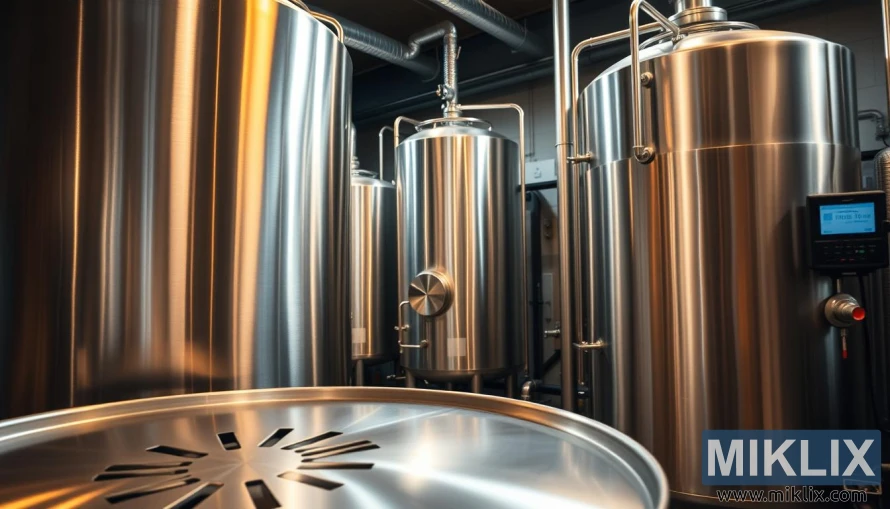
Troubleshooting Your Pilsner Malt Brew Day
Even with meticulous planning, unexpected issues can pop up during brew day with Pilsner malt. It's vital to know how to troubleshoot these problems to achieve the perfect flavor and quality in your beer.
One frequent issue is extraction problems. If your wort seems too weak, it might be because of wrong mashing temperatures or not enough mash time. Correct mashing techniques and the right amount of Pilsner malt can solve these problems.
Fermentation issues are another challenge. Slow or non-starting fermentation could stem from wrong pitching rates, unsuitable yeast strains, or temperature changes. Keeping an eye on fermentation temperatures and using a healthy, active yeast strain can help overcome these hurdles.
Off-flavors can also be a problem with Pilsner malt. They might come from contamination, oxidation, or improper malt handling. Keeping your brewing area clean, reducing oxygen exposure, and storing Pilsner malt correctly can prevent off-flavors.
To tackle brew day issues effectively, a systematic approach is key. This includes monitoring temperatures, checking equipment, and being ready to adjust your brewing process as needed. Understanding common problems and having solutions ready allows brewers to quickly fix issues and get their brew day back on track.
- Monitor mashing temperatures and times to avoid extraction issues.
- Ensure proper yeast pitching rates and healthy yeast strains for fermentation.
- Maintain a clean brewing environment to prevent contamination and off-flavors.
Scaling Recipes with Pilsner Malt
Scaling recipes with pilsner malt demands careful attention to preserve the beer's quality and taste. When brewing on a larger scale, adjusting not just the pilsner malt but also other ingredients and the brewing process is critical.
To scale recipes effectively, brewers must consider the ratio of pilsner malt to other ingredients. A common guideline is to keep the same ingredient proportions as the original recipe. Yet, large-scale brewing might necessitate adjustments due to equipment constraints or differences in brewing dynamics.
For example, scaling up a recipe might require tweaking the mash temperature or sparging process for optimal pilsner malt extraction. Also, the brewing water chemistry may need to be fine-tuned for the larger batch size.
Here are key considerations for scaling pilsner malt recipes:
- Maintain ingredient ratios
- Adjust brewing processes as necessary
- Consider equipment limitations
- Monitor brewing water chemistry
By meticulously adjusting recipes and brewing processes, brewers can successfully scale their pilsner malt recipes. This ensures the desired flavor and quality is maintained.
Conclusion
Mastering brewing with pilsner malt is a journey that demands patience, practice, and a deep understanding of its characteristics. By following the guidelines in this article, brewers can enhance their skills. They can produce high-quality, crisp, and clean beers that highlight pilsner malt's unique qualities.
The future of brewing with pilsner malt is bright, with endless possibilities for new beer styles. Whether you're an experienced brewer or just starting, success hinges on grasping pilsner malt's intricacies. It's about effectively using it in your brewing process.
By mastering pilsner malt, brewers can explore a world of creative possibilities. This evolution in the craft brewing industry emphasizes the importance of mastering brewing techniques. This includes those related to pilsner malt, for producing exceptional beers.
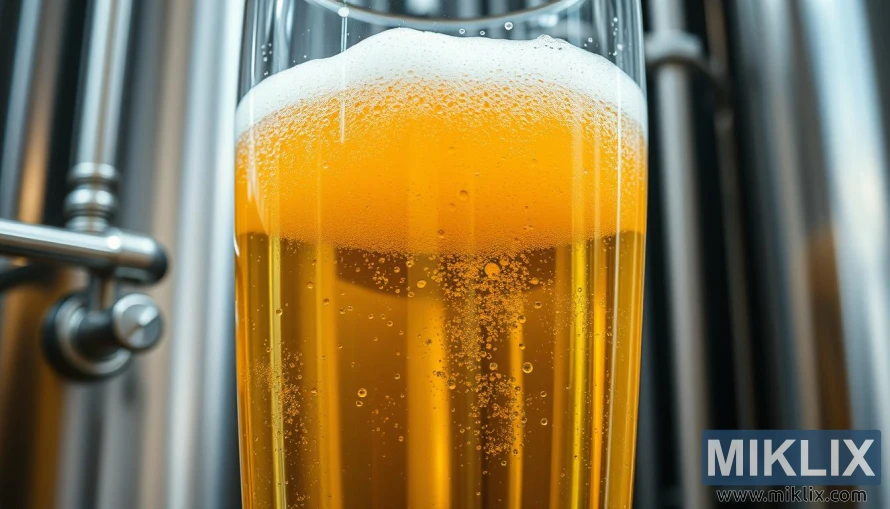
Further Reading
If you enjoyed this post, you may also like these suggestions:
